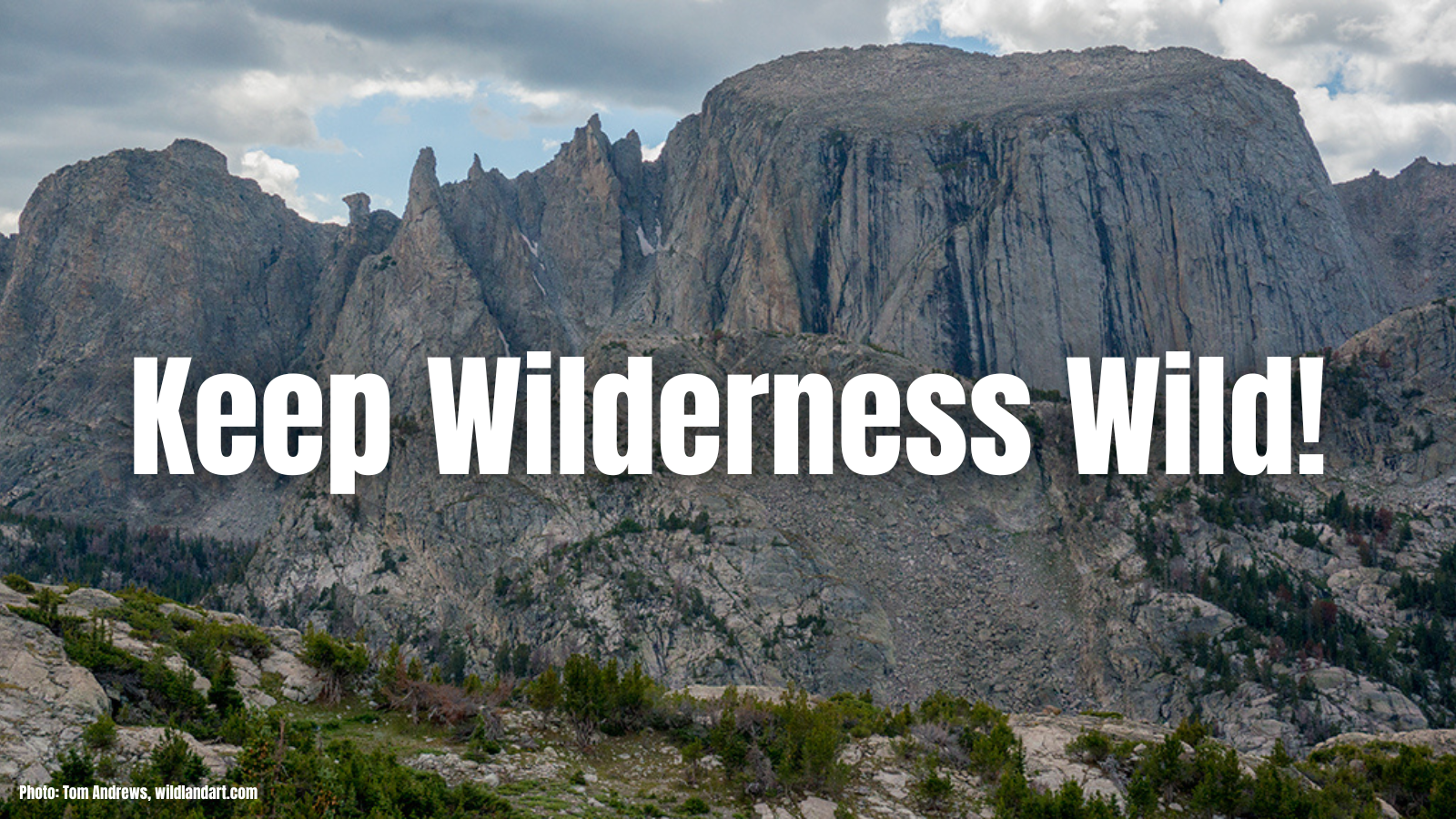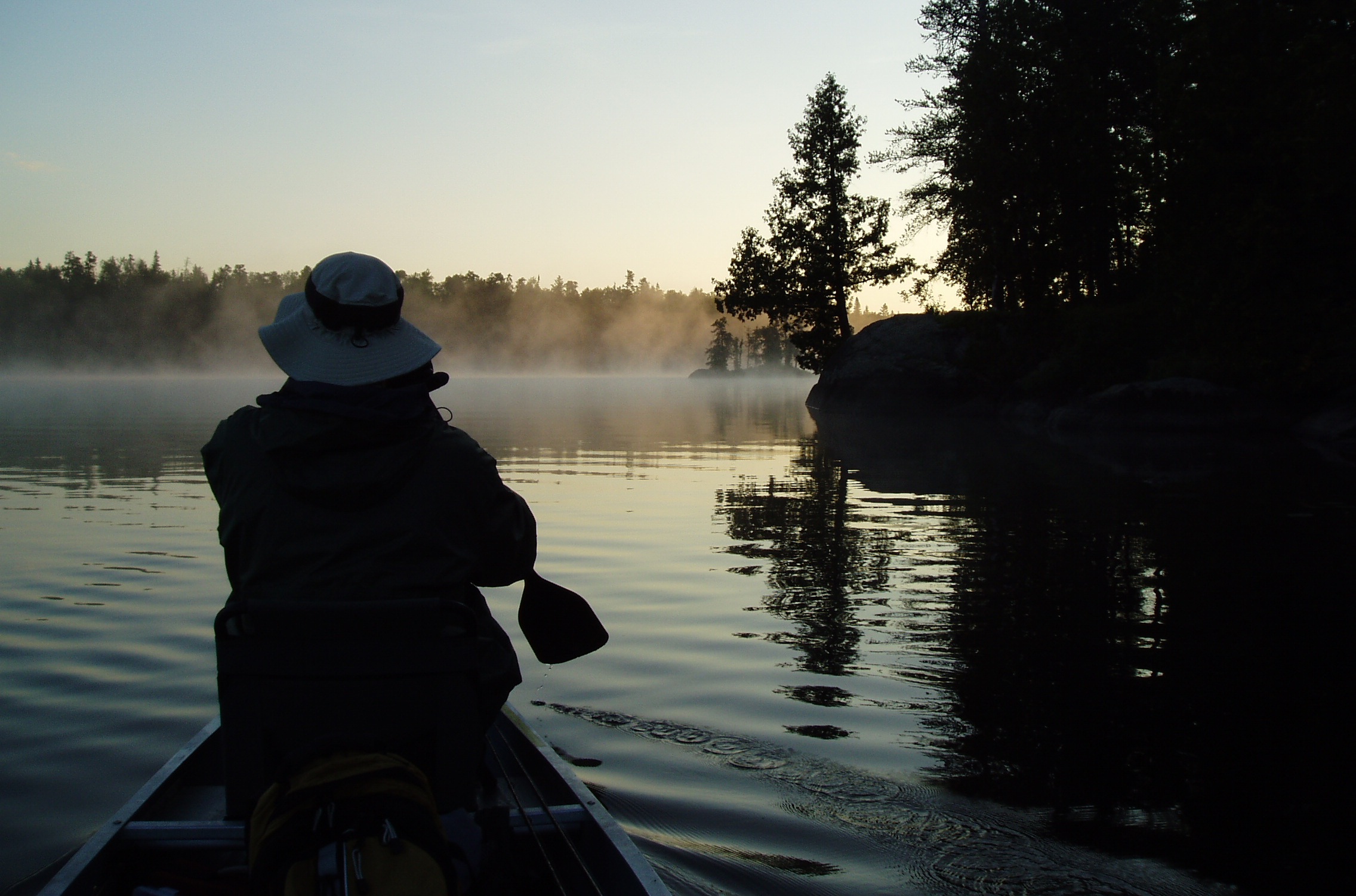By Kevin Proescholdt A recent AP story about a new report on the “recovery” of wolves at Isle Royale National Park in Lake Superior quoted me as saying, “We have felt and still believe that the National Park Service should not have intervened and set up this artificial population of wolves.”
A recent AP story about a new report on the “recovery” of wolves at Isle Royale National Park in Lake Superior quoted me as saying, “We have felt and still believe that the National Park Service should not have intervened and set up this artificial population of wolves.”
Why this stick-in-the-mud quote from an organization that defends wolves and Wilderness across the country in an otherwise positive story about wolves thriving on Isle Royale?
The short answer is the park’s official wilderness designation. In 1976, Congress designated about 99% of Isle Royale National Park—just over 132,000 acres—as the Isle Royale Wilderness. That welcomed designation provides the best and most permanent landscape protection for federal lands. But unlike the two-million-acre Yellowstone National Park—which unfortunately has not yet a single square inch of designated Wilderness—wilderness designation at Isle Royale also provides an additional layer of protection that argues against the meddling that the National Park Service (NPS) has done at Isle Royale.
The 1964 Wilderness Act established the National Wilderness Preservation System that now also includes the Isle Royale Wilderness. The main descriptor in the Wilderness Act is the word “untrammeled”. It was chosen very carefully by Wilderness Act author Howard Zahniser. Untrammeled doesn’t mean untrampled, untouched, or pristine, as some assume, but it means unmanipulated, unconfined, or unhindered. After designation, Wilderness must be allowed to evolve on its own terms without our manipulations, even if humans had damaged the landscape in the past or manipulated its ecosystem previously.
The Wilderness Act thus requires us to stop imposing our human desires or whims on wilderness landscapes, and to allow Wilderness to function without our manipulations and interferences. In Wilderness, we should let Nature call the shots, not us. In Wilderness, we humans must exercise humility and restraint, not meddle.
In 2018, the NPS decided to import more wolves to Isle Royale, since the “natural” wolf population had dwindled to only two inbred individuals. The NPS feared that without wolves, the large moose population would browse balsam fir down to the ground. The recent report celebrates the resurgence of the new, artificial wolf population to 31 individuals, and the moose population has declined to 967 from an estimated population of about 2,000 in 2019. The researchers claimed victory, even though in doing so they have transformed Isle Royale from a wild Wilderness to something more like a huge, manipulated outdoor zoo.
But what if the wolf reintroduction hadn’t happened, and we had allowed Nature to call the shots? Most likely the wolf population would have blinked out, and the large moose population would have eventually declined to some new level. But buried in the recent report was the interesting fact that for every moose recently killed by the new wolves, up to three more moose died of starvation—an indication that Nature would have reduced the moose population all on its own.
Should there be any wolves on Isle Royale? That should be for Nature to decide. One of the principles of island biogeography is that on islands, species come and species go over time, with some species blinking out and new ones arriving. At the turn of the twentieth century, for example, the main predator-prey relationship on Isle Royale was Canada lynx and woodland caribou. Both species are now long gone, with wolves only recently arriving on their own in the late 1940s. Should we bring all species that once existed there back to Isle Royale? Because this is designated Wilderness, we should let Nature call the shots. The NPS must learn to respect the Wilderness Act and stop the agency’s meddling on Isle Royale merely to prop up a now-fake predator-prey dynamic.
So let’s stop the manipulations at Isle Royale, and enjoy Isle Royale for what it is, not what we humans might want it to be. One manipulation today often means more manipulations in the future, particularly with climate change altering our natural landscapes. Even the NPS’s own modeling suggests that climate change may imperil the survival of moose on Isle Royale in the future. Will we then import an artificial population of moose to feed the artificial population of wolves?
Let’s all learn to respect Wilderness instead.
Kevin Proescholdt is Wilderness Watch's Conservation Director.



